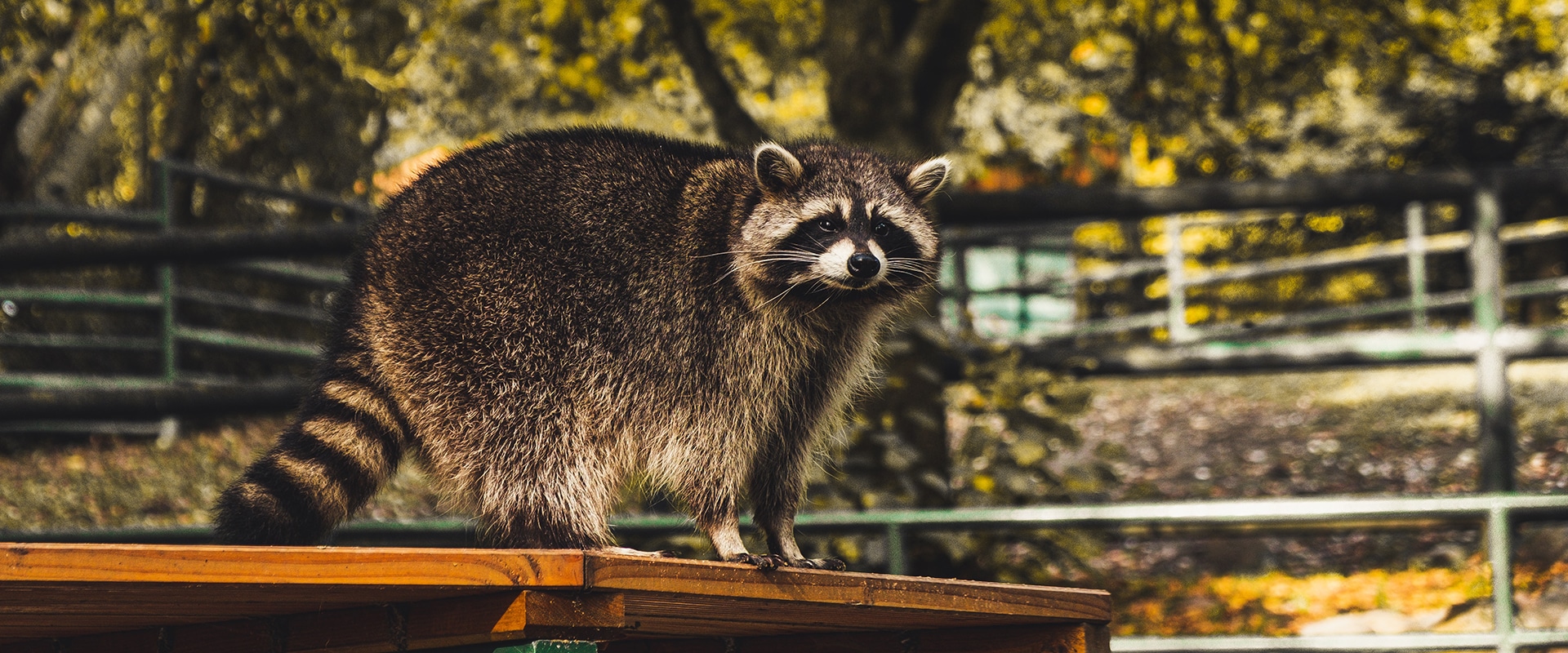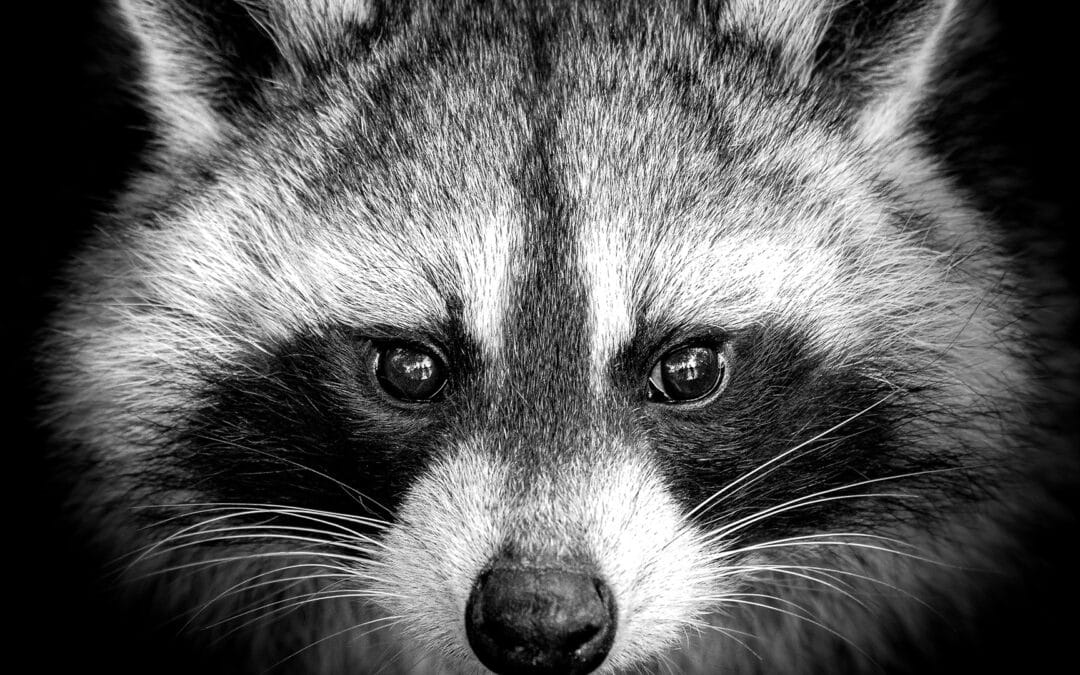Raccoons have a widespread presence in many natural environments, and their presence can often be an indicator of environmental quality. However, raccoon droppings can provide wildlife and a variety of human species with a range of potential dangers that must be taken seriously. In this article, we will take a detailed look at the dangers associated with raccoon droppings and discuss the ways that can be taken to avoid them. While raccoons can be charming forest animals, their droppings can pose a risk to humans and other animals. Raccoon feces contain potentially dangerous bacteria that can cause illness, especially in people with weak immune systems. However, even for healthy people, inhaling the bacteria in raccoon feces can cause symptoms like coughing and congestion. In rare cases, bacteria in raccoon feces can even cause more serious diseases such as leptospirosis and tetanus.
What are the dangers of raccoon droppings?
The raccoon is a mammal that can be found in many parts of the world. Although they are known for their cute appearance and mischievous, friendly behavior, raccoon droppings can pose a serious danger to human health. Raccoon droppings can contain a variety of bacteria and parasites that can cause illness and infection if they have come into contact with the skin or are inhaled. Raccoon droppings can harbor parasites such as giardias, fasciolas, coccidia, and hepatitis. These parasites are easily transmitted to humans, and can cause symptoms such as abdominal pain, diarrhea, vomiting and headaches. Feces can also contain harmful bacteria such as Campylobacter, Salmonella, Yersinia, and E. coli. These bacteria can cause various infections as well as symptoms such as abdominal pain, diarrhea, vomiting, and headaches. Therefore, it is important to keep a watchful eye on raccoon droppings and make sure they are properly laid out and cleaned.
How to recognize raccoon droppings?
Raccoon droppings are easy to recognize. Feces can be the size of a small walnut and are usually 2 to 3 cm long. They are cylindrical and have a dark color. Raccoon droppings can be found in areas inhabited by these mammals, near waterholes, rocks or shelters they have built. They can be found on the ground, under trees or even in houses, in attics or attics. Feces can also be found on roofs and along the gables of houses. Raccoon droppings are often mixed with food scraps and animal droppings. Waste may contain seeds, insects and other organic matter that may be recognizable by sight or touch. Feces can contain parasites and bacteria that can be dangerous to human health. For this reason, it is important to avoid them or handle them carefully when they are found. Raccoon droppings can also be recognizable by their smell, which is often pungent and unpleasant.
Diseases transmitted by raccoon feces

Diseases transmitted by raccoon feces Raccoons are domestic animals that can bring health risks to their owners. Although these small mammals are not known to carry serious diseases, it is important to know that they can transmit diseases via their feces. Common bacterial diseases that can be transmitted through raccoon feces include leptospirosis, salmonella, and shigellosis. Leptospirosis is a bacterial disease that can cause vomiting, diarrhea and headaches. Salmonella is a bacterium responsible for diarrhea, vomiting and fever. Shigellosis is another bacterium that can cause diarrhea, vomiting and abdominal pain. Parasites that can be transmitted through raccoon droppings include intestinal worms and giardiasis. Intestinal worms are parasites that feed on nutrients that need to be absorbed by the body and can cause abdominal pain, weight loss and vomiting. Giardiasis is an intestinal infection caused by a parasite that can cause diarrhea, vomiting and abdominal pain.
How to avoid raccoon droppings?
First, one of the best ways to avoid the dangers of raccoon droppings is to regularly clean and disinfect areas where animals are likely to accumulate. This means removing any garbage and feces that may be in your garden or outside your home, and ensuring that areas are disinfected. If you have pets that are likely to accumulate, also make sure to regularly rid them of their feces to avoid any risk of contamination. You can also invest in specific products designed to kill bacteria and viruses found in raccoon droppings and areas surrounding your property. Second, if you notice that raccoons are frequently present in your area, you can take steps to deter these animals from accumulating near your property. Set up nets and fences around your home and garden, and clear up areas where animals could accumulate. You can also invest in products made from certain chemicals that can keep animals away. You can also invest in aggressive gels and petroleum-based products that can help deter animals from accumulating in the areas surrounding your property.
What to do if you come into contact with raccoon droppings?
The raccoon is a small nocturnal creature that can be very dangerous if you come into contact with its feces. Although the probability of encountering it is low, it is important to know the right procedure to follow if such an event occurs. The first step is to make sure that the feces are not recent. Raccoon droppings are easy to identify because they are usually small in size and feature corn kernels and nuts. Recent feces can be dangerous, as it can contain bacteria or parasites that can cause illness. If you come into contact with recent feces, wash your hands immediately with soap and water and try not to inhale or swallow the particles. If you develop symptoms such as a cough or difficulty breathing, seek immediate medical attention. Older feces may still contain pathogenic bacteria that can cause infections, even if they have been exposed to air and light for several years. If you find older feces, wear gloves and avoid touching them with your bare hands. Use tools to pick them up and put them in a closed plastic bag and throw them in the trash. Once you’re done cleaning, wash your hands with soap and water.








Recent Comments